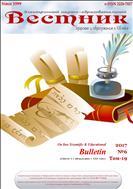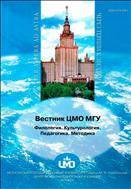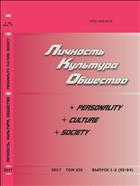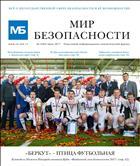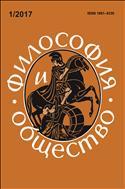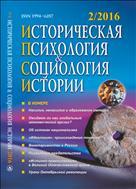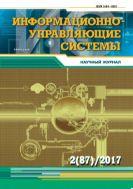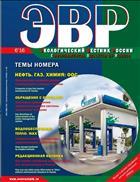Improving data transfer effi ciency in a gas fi eld wireless telemetry systemImproving data transfer effi ciency in a gas fi eld wireless telemetry system 
Effective organisation of communication channels in autonomous information and measurement systems (AIMS) is a burning issue. It is particularly challenging for areas where, for a number of reasons (primarily unprofitability or immaturity of the wired infrastructure), telecommunications can rely only on wireless technologies, i.e., radio channels. Arctic regions of the Russian Federation, where most of Russia’s gas and gas condensate deposits are located, constitute a typical example of such areas. The key challenges during construction of wireless communication channels are associated with the fixed range of frequencies that can be used without a licence. For the purposes of radio traffic, the frequency used by AIMS transmitters and receivers depends on the frequency of the quartz crystal resonators used in such devices. The stability of this frequency determines both the number of radio channels that can be used and the efficiency of data transfer. Key factors affecting the quartz frequency include temperature and “ageing” of quartz crystals. Known methods for increasing the frequency stability generally allow compensation for the temperature drift of the quartz frequency. In addition, such methods are increasingly energy-consuming, which is unacceptable in the Extreme North. This article suggests using GPS receiver data for frequency adjustment. With a minor increase in energy consumption, this technique enables full compensation for quartz crystal resonator frequency drift, no matter what the cause of such drift, eventually allowing operation of more radio channels within the authorised bandwidth with preserved channel separation. In general, it helps increase the efficiency of data transfer in the telemetry systems of gas field operations. |
|
18.08.2025Все новости Стартовала подписная кампания на 2026 годОткрыта подписка на 2026-й год на сайте Пресса по подписке |
ПОДПИСКА НА ЖУРНАЛЫ И ГАЗЕТЫ ON-LINE1
Мы используем cookie. Это позволяет нам анализировать взаимодействие посетителей с сайтом и делать его лучше. Продолжая пользоваться сайтом, вы соглашаетесь с использованием файлов cookie.
Подробнее можно ознакомиться на странице политики конфиденциальности и политики обработки персональных данных.
© 2005-2023 Агентство «Книга-Сервис»
107996 Москва
Протопоповский пер. 19, стр.12
E-mail: public@akc.ru









